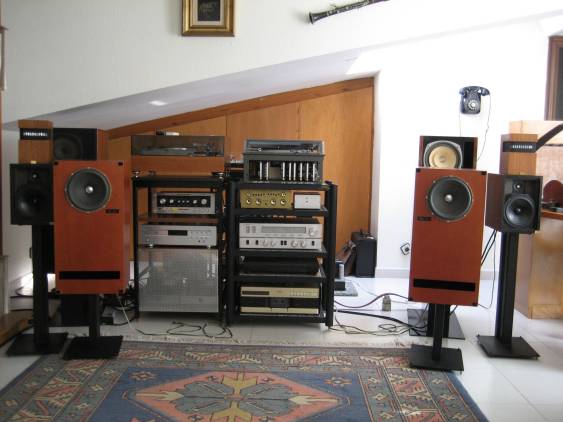
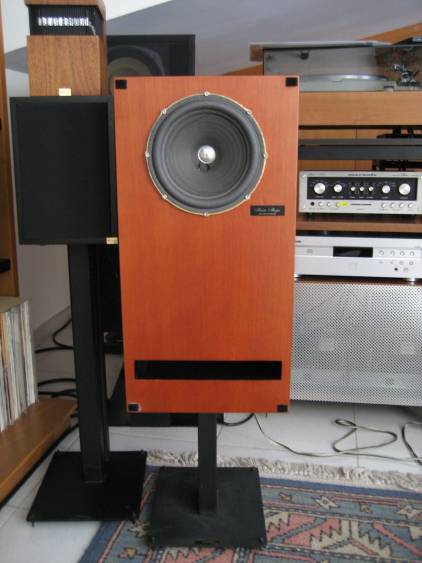
| [ The mono listening experience ] |
© Eduard de Cáceres. 2006
It will be no surprise for an average vinyl collection to find among one’s Lp’s some monophonic recording and that even some of them be dated prior 1956 or even some Shellack (78 rpm) recordings. The microgroove recording can be dated approximately c.a. 1948 and the mass diffusion of stereo (binaural) records recorded according to the RIAA norm can be dated c.a. 1956. Therefore there is a lapse of time between those two dates of approximately 10 years of which we can still find a lot of original albums of utmost interest for the collector..
My interest for the above mentioned period added to more than a hundred recordings in my own collection, have made me investigate about its reproduction. First of all the listening of those recordings will most probably deceive the audiophile listener using a modern conventional stereo pickup connected to a “conventional” RIAA phono preamp. Consequently one must have worked out wrong conclusions about the quality of what and how is recorded in the old vinyl. Second, the reproduction of those records, always with the use of the adequate pickup can as well be performed with the use of a modern parametric equalizer or other preamp devices of well known quality as the sophisticated Swiss made FM Acoustics.
Personally I’ve chosen the use of one of the best an most versatile vintage audiophile components of that time: the McIntosh C-8 record compensation preamplifier. This device with its e.q. chart allows to easily adjust the necessary compensations for almost any mono record of the time. After trying different combinations, I decided to associate a Denon DL 102 cartridge and a McIntosh MC30 power amplifier to my reference speakers, the Marsias MkII made by Marià Moya. The synergy between components proved excellent and the best after different test and combinations. If you own more than 40/50 of those records, consider seriously the purchase of a mono cartridge: you will immediately find an improvement in the playback. Depending on your interest in the matter and of the number of Non-RIAA recordings you may possess, an adequate equalization device will need to be added to your hi-fi equipment. Enjoy the music.
Links mono:
Some pictures of Eduard de Caceres' mono equipment:




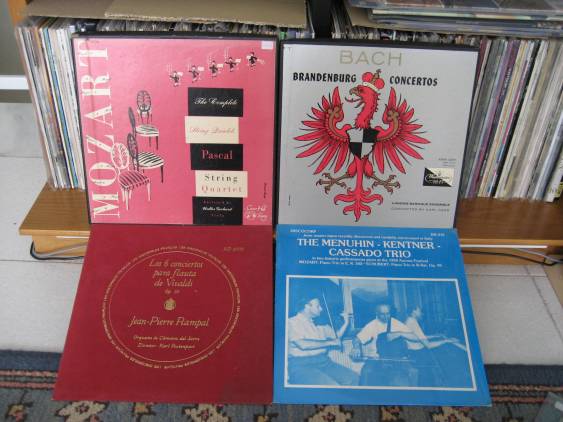

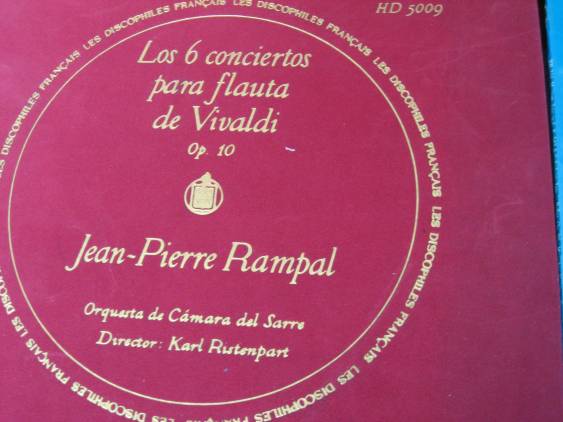
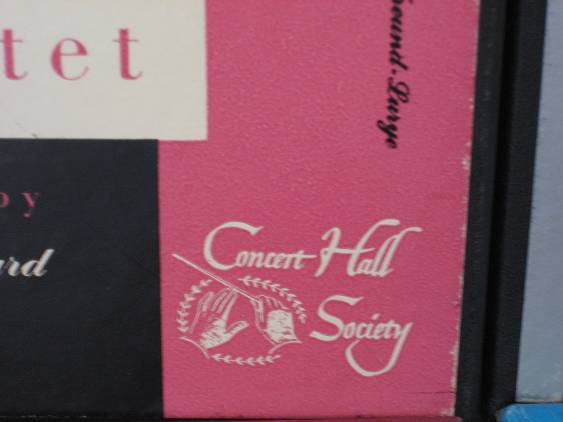
Eduard de Cáceres i Bosch is a member of ASPE (Associació per a la Salvaguarda del Patrimoni Enregistrat – Catalan Association for the Preservation of the Recorded Heritage).